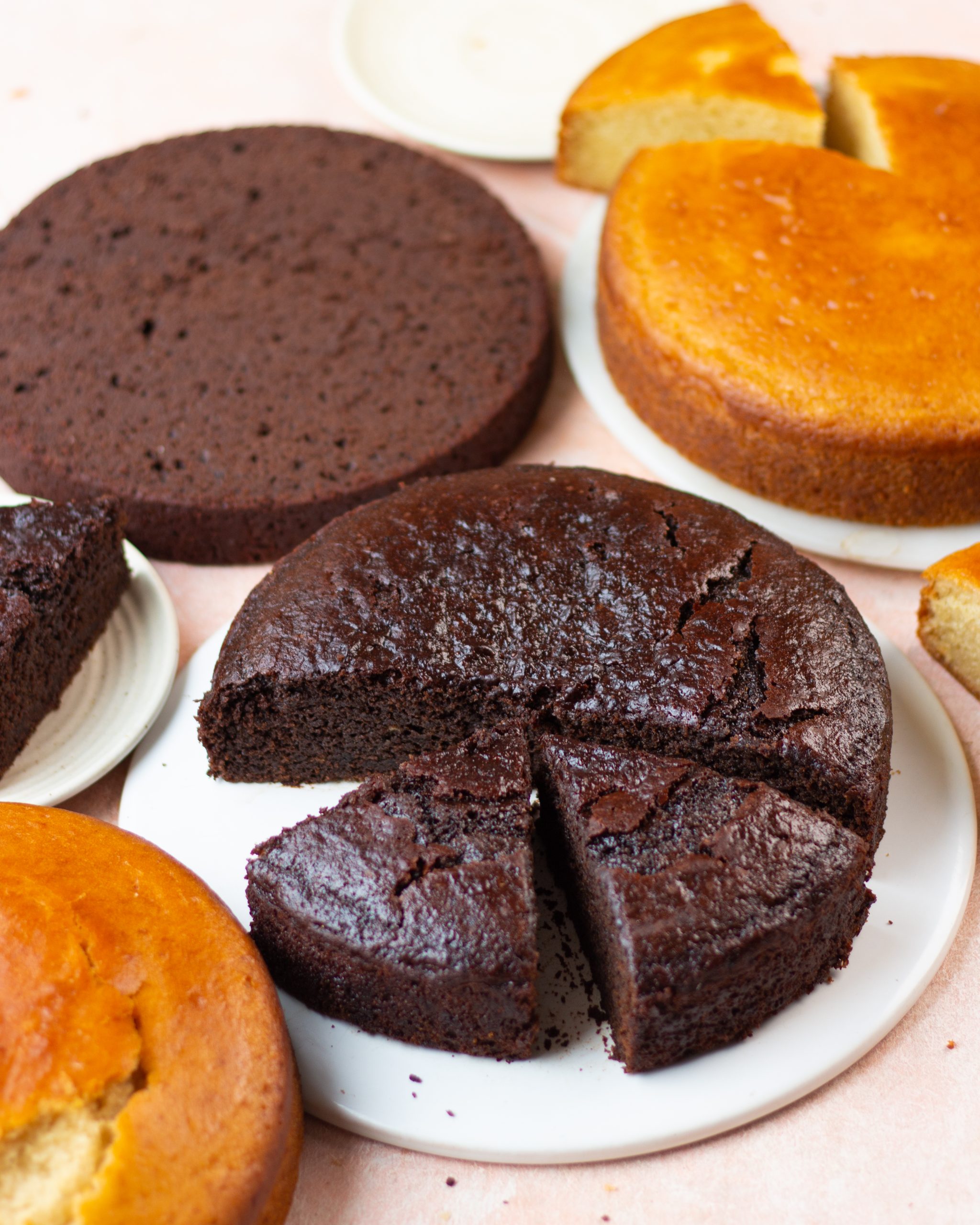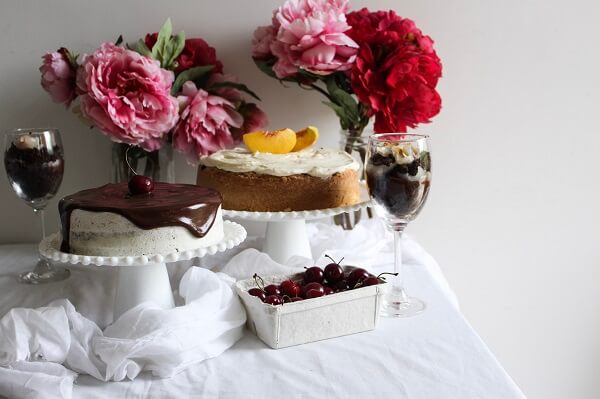Cooking is generally described as an art, and baking as a science. There is considerable overlap — technical abilities in cooking and artistry in baking are both required. In cooking, though, you build a meal like a picture, tasting and altering as you go and adding your own distinctive flair. Baking requires precision and strict adherence to the instructions; otherwise, your cakes will tumble, your cookies will spread, your pie crusts will be tough, and so on. But, with these oven baking techniques, you won’t be deterred by baking! Most baking blunders may be avoided by learning the fundamentals and sticking to a few simple rules.
The oven is a necessary component of every kitchen. It works hard as an appliance to assist you in preparing a delicious meal for you and your families to celebrate. This guide will help you become familiarized with some oven tips and provide ideas on how to achieve consistently excellent outcomes while using this vital equipment.

1. Don’t open the door
It happens to be tempting to open the oven door to check on top of your cakes or cookies but avoid the temptation. Opening your oven door might cause the temperature inside the oven to decrease substantially. The interior temperature has the ability to really decrease by 25 degrees.
2. Save your bird
Temperature variations can cause the crust to dry up. So, instead of basting, keep it wet by covering it in oil or butter and closing the door as tight as possible.
3. Use the window
Rather than opening the door, consider looking through the window. The ability to view your food cooking without having to open the oven door may seem like, but it is significant.
4. Don’t overfill the oven
Although your oven is large, don’t cram as many dishes as you can inside it. To effectively cook an item, you must leave room around it so that air can move around it. If you’re cooking multiple dishes, use various racks or even separate ovens if you have a double oven. If you’re just using one oven, be sure the item on the bottom rack isn’t obstructing the heat for the item on the top rack.
For optimum air circulation, leave a couple of inches between the pans and don’t allow them to contact the walls of the oven.
What about getting your cupcakes or pies to bake perfectly? Place them in the middle of the rack so it bakes evenly
5. Aluminum foil is a no-no
You might have seen a Pinterest suggestion that advised coating your oven with foil to prevent it from dripping. Simply do not do it. Lining your gas oven with aluminum foil might restrict heat and air movement, resulting in less-than-ideal cooking outcomes. Reflected heat not only causes your baked items to cook faster but can also harm your oven.
There have been complaints of the foil melting, and the heat reflected off of it may burn out the oven’s heating components. Instead, use a silicone oven liner designed for use inside an oven. These non-reflective, heat-resistant accessories can help you maintain your oven clean, but, if not utilized appropriately, they may have an influence on baking performance. Allow at least 3 inches of room between the liner sheet and the oven walls to allow for proper air circulation and heat transfer.
6. Keep your oven clean
A filthy oven may have a negative impact on your food, particularly baking.
You may be ruining your baking if you leave drips and crumbs on the bottom of your oven. Those food particles can catch fire or smoke, causing the oven to overheat or, at the very least, making your baked products taste like soot. Continuously burning food leftovers in a filthy oven produces carbon-based smells. These vapors can alter the flavor of your food, such as cakes, bread, or anything else you’re baking in the oven.
Baking food in an unclean oven absorbs odors. This food will end up tasting awful. Furthermore, other food alternatives will absorb foul odors as well.
7. Do not depend on self-cleaning
The self-cleaning feature on your stove is a great method to keep it clean, but keep in mind that it only cleans to a certain extent.
After the oven has cooled, wipe clean the interior with a moist cloth to remove any soot and leave the door open for a few hours to allow the oven to air out. If you skip this step, your next batch of cookies may taste like a house fire.
8. Choose The Right Bakeware
Though you may have a few favorite pans and plates, not all bakeware is made equal. Choosing the correct pan for your recipe is critical to achieving the best results. Cooking durations and browning levels can vary greatly based on the color, finish, and substance of your bakeware.
Dark, covered metal pans absorb more heat, resulting in darker browning, whereas shining pans reflect heat, resulting in lighter, more equal browning. If you want to create cakes or cookies, use glossy pans that won’t burn the surfaces of your mixture too soon.
Glass bakeware, which conducts heat incredibly well, should be kept for more forgiving recipes such as cobblers, lasagna, or bread pudding. To account for this increased warmth retention, reduce the cooking temperature of the recipe by 20°F to 25°F. Ceramic baking plates, on the other hand, distribute heat evenly, making them ideal for cinnamon buns and heavy, savory foods.
9. Preheat the Oven accurately
When a cake bakes too rapidly, it can develop tunnels and cracks; when it bakes over slowly, it can become gritty. Allow your oven to preheat for at least 10 minutes before using an oven thermometer to ensure it has reached the right temperature. If you’re using black cake pans, lower the oven temperature by 25°F.
10. Close oven doors carefully
Never slam the oven door or try to close it while holding a utensil. Even minor damage to the door might lead to severe problems in the long term.
Never close your oven door until your oven racks are correctly fitted. Close the oven racks without using the door.
Follow me on Instagram for more such baking tips!
More Such Baking Tips & Tricks Articles On The Blog:

 Hello. I'm Shivesh Bhatia, a food blogger and food stylist from Delhi, India. Welcome to Bake With Shivesh, where I'll help you create magic in your kitchens with my simple recipes.
Hello. I'm Shivesh Bhatia, a food blogger and food stylist from Delhi, India. Welcome to Bake With Shivesh, where I'll help you create magic in your kitchens with my simple recipes.
Leave a Reply